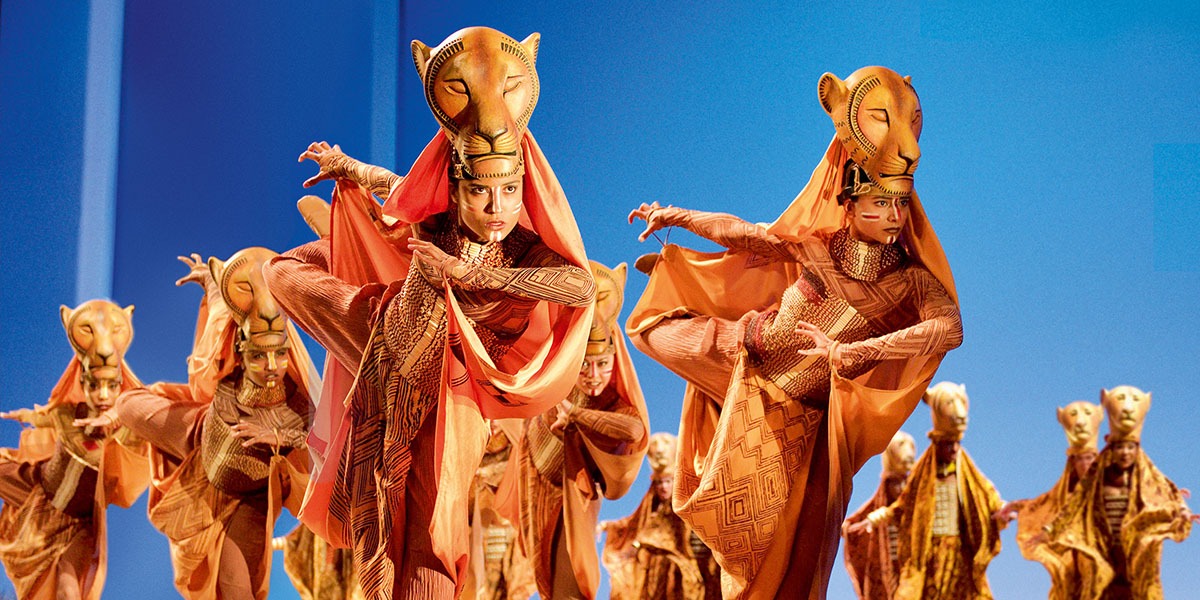Shall we cut straight to the crux of it? This Crucible-esque play – though it pre-dates Arthur Miller’s classic by two decades – marks the second stage outing of Hollywood star Keira Knightley, here playing a teacher whose entire life is threatened by the rumours of an angry child.
Last time the Pirates Of The Caribbean star trod the boards, making her West End debut in The Misanthrope in 2009, she received a Laurence Olivier Award nomination for her efforts. Whether she will be honoured in the same way for this performance won’t be known until this time next year, though she certainly makes the switch from stage to screen seem easy, her willowy, elongated frame perfectly at home under the proscenium arch of the Comedy theatre.
Knightley plays Karen Wright, who, along with friend and colleague Martha Dobie – played by Mad Men star Elisabeth Moss – has fought and struggled to build up a school for girls. Though there is tension surrounding Wright’s impending marriage to local doctor Joseph Cardin (Tobias Menzies) and its effect on the school and Dobie, everything is rosy. That is until one child runs away and whispers an accusation in the ear of her doting grandmother in the hope of avoiding a return to the school.
While the cast boasts an embarrassment of riches – Knightley and Moss are joined by Academy, Tony and Emmy Award-winner Ellen Burstyn as the all too easily convinced grandparent, and Emmy Award-winner Carol Kane as an eccentric failed-actress aunt – it is British stage regular Bryony Hannah who delivers the stand out performance as the repulsive Mary Tilford. She makes the blood boil as the manipulative child with a very big chip on very small shoulders, who believes the world is against her and layers lie upon lie upon lie, like a bitter mille feuille of deception, to disguise her own wrongs.
While the first half, even with Hannah’s livewire performance, takes its time building the pressure, the second delves into the devastating fallout for all of the characters, giving the headline stars their chance to shine, despite a script that, on occasion, sounds dated.
Times have changed since the play was written in 1933, and the content of the malicious rumours may not have quite the same effect in the 21st century. But in a world where tabloids and magazines, social media and the internet spread gossip as though it were news, the danger of believing every unsubstantiated word you hear has never been more apparent.
MA


